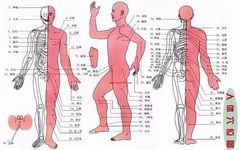Summary of TCM Courses
01
All Courses by Ni Haixia
02
Complete Guide to TCM Treatments for Common Diseases
03
Focused Study on TCM Topics
04
Online Reading of TCM Learning Books
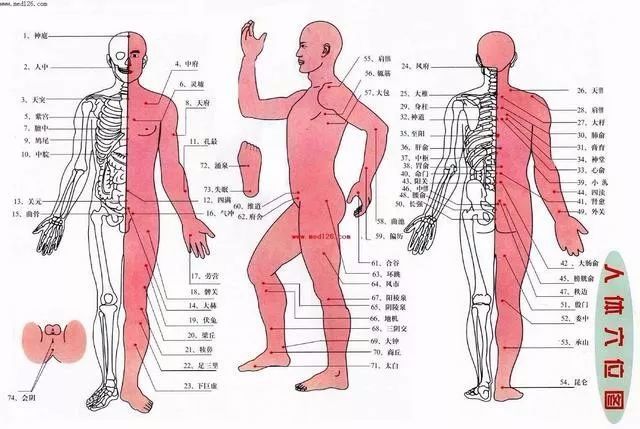
Acupuncture points are collectively referred to as the points on the twelve meridians, Ren (Conception) meridian, and Du (Governing) meridian, also known as the fourteen meridians or fourteen acupuncture points. In the study of acupuncture points, they are the main focus, referring to the points where Qi and blood flow from the meridians to the surface of the body. There are 52 single points and 309 paired points, totaling 361 points, in addition to 48 extra points.
Each acupuncture point has three main therapeutic functions: local treatment, adjacent treatment, and distal and systemic treatment.
Among the fourteen meridian points, there are some commonly used health maintenance points that not only have therapeutic effects but also health benefits. For example, Hegu (LI4) can treat headaches, wrist swelling, and general fever, while also promoting blood circulation; Baihui (GV20) can treat headaches, dizziness, accelerate blood circulation, promote metabolism, and prevent hair loss.
Below are the functions, locations, and indications of 50 commonly used health maintenance acupuncture points.

1. Zhongfu (LU1)
Location: Located in the upper outer part of the chest, in the first intercostal space, 6 cun from the midline of the chest.
Function: Cough, asthma, chest tightness, abdominal distension, hiccups.
Technique: Point, press, knead, rub.
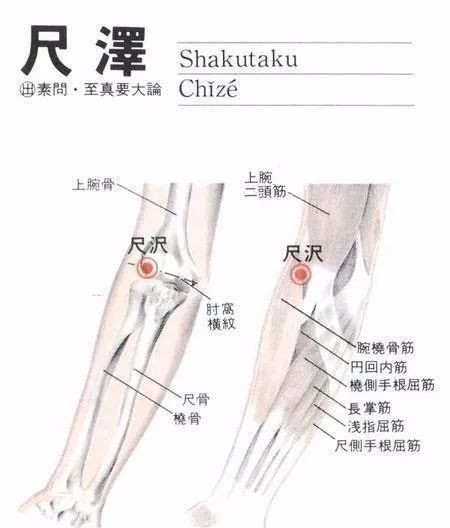
2. Chize (LU5)
Location: Located at the midpoint of the elbow crease, in the depression on the radial side of the biceps tendon.
Function: Sore throat, chest fullness, elbow pain.
Technique: Push, press, knead.
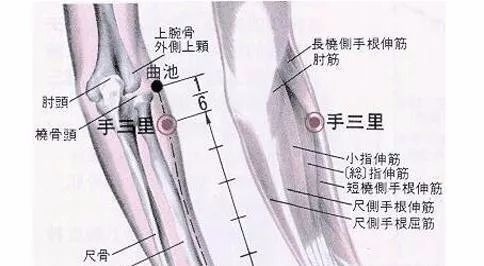
3. Shousanli (LI10)
Location: Located on the dorsal side of the forearm, 2 cun below the elbow crease.
Function: Numbness and pain in the arm, difficulty in flexion and extension, abdominal distension.
Technique: Press, knead, push.
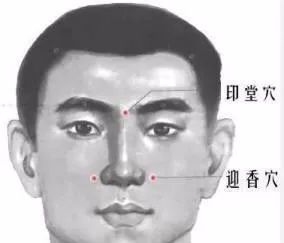
4. Yingxiang (LI20)
Location: Located 0.5 cun beside the midpoint of the outer edge of the nostril, in the nasolabial groove.
Function: Nasal congestion, rhinitis, facial asymmetry.
Technique: Pinch, point, knead.
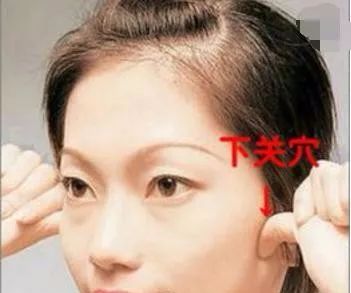
5. Xiaguan (ST7)
Location: In the depression formed by the lower edge of the zygomatic arch and the mandibular notch, in front of the ear.
Function: Toothache, deafness, difficulty in opening and closing the mouth.
Technique: Push, point.
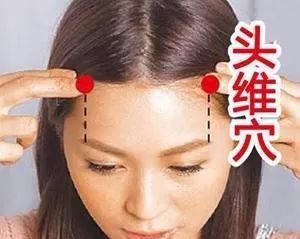
6. Touwei (GB15)
Location: 0.5 cun above the hairline at the forehead.
Function: Headache, dizziness, eye pain, blurred vision.
Technique: Knead, point.
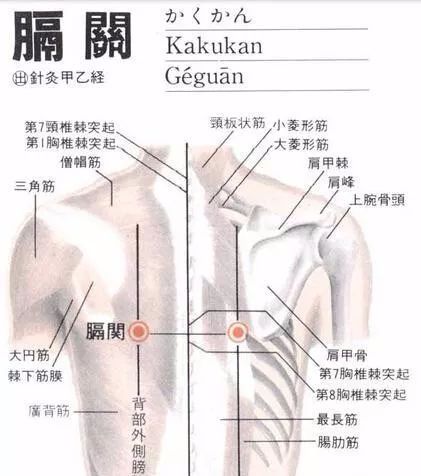
7. Ge Guan (BL17)
Location: On the back, 3 cun lateral to the spinous process of the 7th thoracic vertebra.
Function: Modernly used to treat intercostal neuralgia, diaphragm spasm, gastric bleeding, and enteritis.
Technique: Point, press, knead, rub, push.
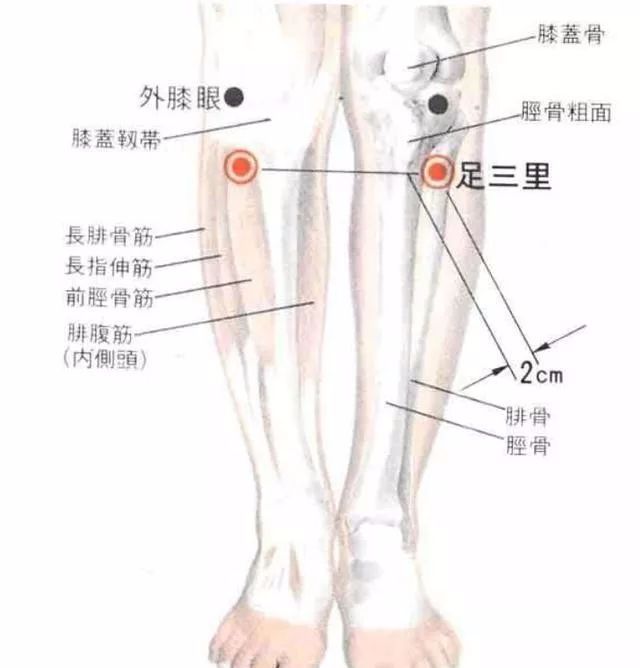
8. Zusanli (ST36)
Location: On the lateral side of the lower leg, 1 cun anterior to the anterior border of the tibia, 3 cun below the knee.
Function: Abdominal distension, vomiting, stomach pain, indigestion.
Technique: Knead, point, push.
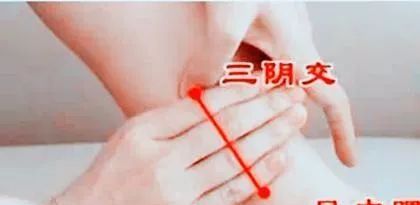
9. Sanyinjiao (SP6)
Location: 3 cun above the medial malleolus.
Function: Spleen and stomach deficiency, indigestion, irregular menstruation, insomnia, neurodermatitis.
Technique: Point, pinch, knead, rub.
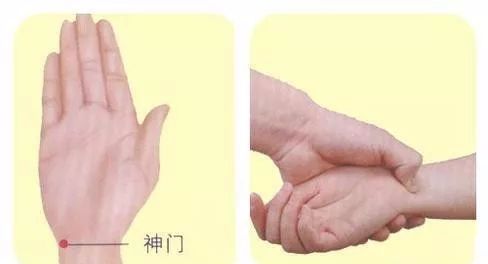
10. Shenmen (HT7)
Location: On the ulnar side of the wrist flexor tendon, at the ulnar end of the wrist crease.
Function: Palpitations, insomnia, night sweats.
Technique: Point, knead.
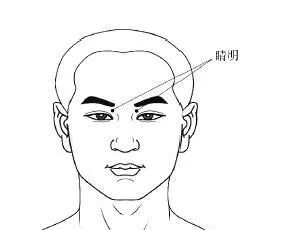
11. Jingming (BL1)
Location: Slightly above the inner canthus of the eye.
Function: Red and swollen eyes, nearsightedness, color blindness.
Technique: Press, knead, push, pinch.

12. Cuanzhu (BL2)
Location: At the midpoint of the eyebrow, at the supraorbital notch.
Function: Blurred vision, eyelid twitching.
Technique: Point, press, knead, push, pinch.

13. Dazhui (GV14)
Location: 1.5 cun below the spinous process of the first thoracic vertebra.
Function: Fever, cough, neck stiffness, headache, nasal congestion.
Technique: Press, knead, point.
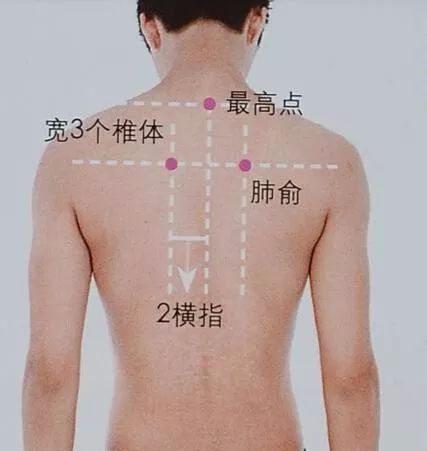
14. Feishu (BL13)
Location: 1.5 cun lateral to the spinous process of the third thoracic vertebra.
Function: Cough, asthma, night sweats.
Technique: Press, knead, flick, push.
15. Xinshu (BL15)
Location: 1.5 cun lateral to the spinous process of the fifth thoracic vertebra.
Function: Palpitations, forgetfulness, anxiety, chest pain.
Technique: Press, point, knead, push.
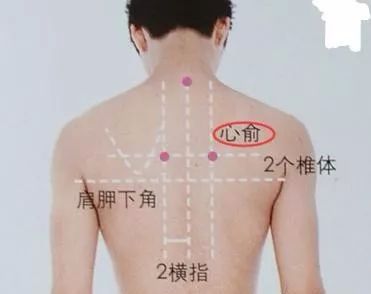
16. Duyin (BL16)
Location: 1.5 cun lateral to the spinous process of the sixth thoracic vertebra.
Function: Abdominal fullness and pain, borborygmi.
Technique: Knead, press, point, flick, push.
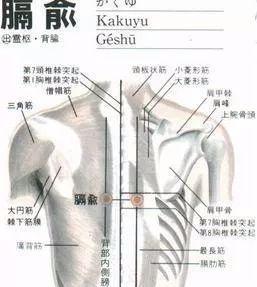
17. Ge Shu (BL17)
Location: 1.5 cun lateral to the spinous process of the seventh thoracic vertebra.
Function: Gastric distension and pain, hiccups, vomiting.
Technique: Press, knead, rub, push.
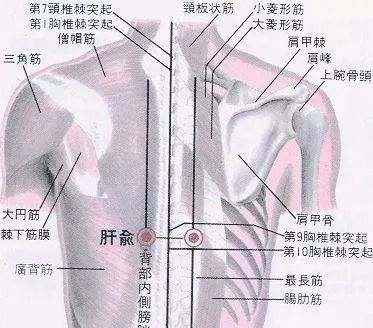
18. Gan Shu (BL18)
Location: 1.5 cun lateral to the spinous process of the ninth thoracic vertebra.
Function: Hypochondriac pain, eye diseases, coughing blood, insomnia.
Technique: Knead, point, press, push.
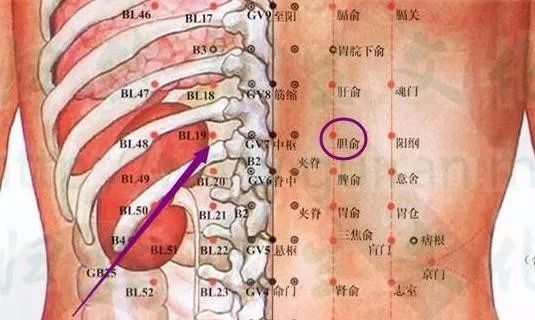
19. Dan Shu (BL19)
Location: 1.5 cun lateral to the spinous process of the first thoracic vertebra.
Function: Bitter taste in the mouth, poor appetite, sore throat.
Technique: Press, flick, point, push.
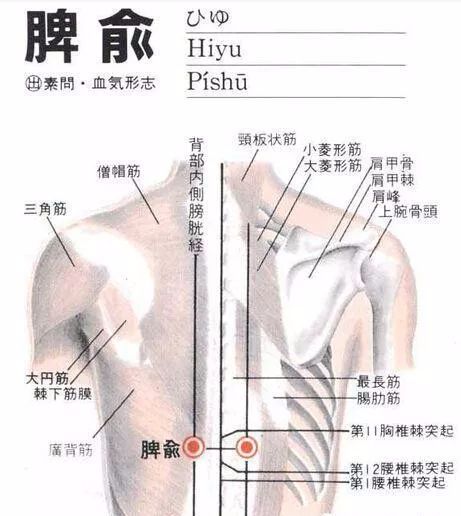
20. Pi Shu (BL20)
Location: 1.5 cun lateral to the spinous process of the eleventh thoracic vertebra.
Function: Gastric distension and pain, vomiting.
Technique: Point, press, knead, push.
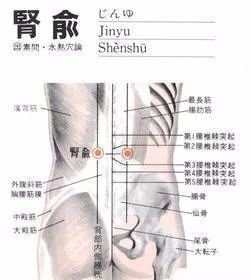
21. Shen Shu (BL23)
Location: 1.5 cun lateral to the spinous process of the second lumbar vertebra.
Function: Irregular menstruation, cold pain in the lower back and knees, cough, tinnitus, blurred vision.
Technique: Knead, press, push, rub.

22. Chengfu (BL25)
Location: On the midline of the gluteal fold.
Function: Pain in the lower back, hip, and buttocks, constipation.
Technique: Point, knead, press.
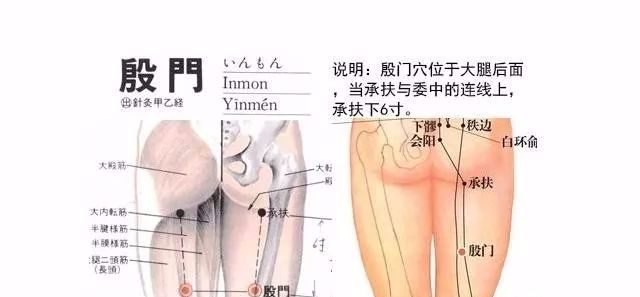
23. Yinmen (BL26)
Location: On the line connecting Chengfu and Weizhong, 6 cun below Chengfu.
Function: Pain in the lower back and spine, thigh pain.
Technique: Point, press, knead.

24. Weizhong (BL40)
Location: At the midpoint of the popliteal fossa.
Function: Stroke, coma, leg paralysis, lower limb weakness.
Technique: Press, knead, push, grasp.
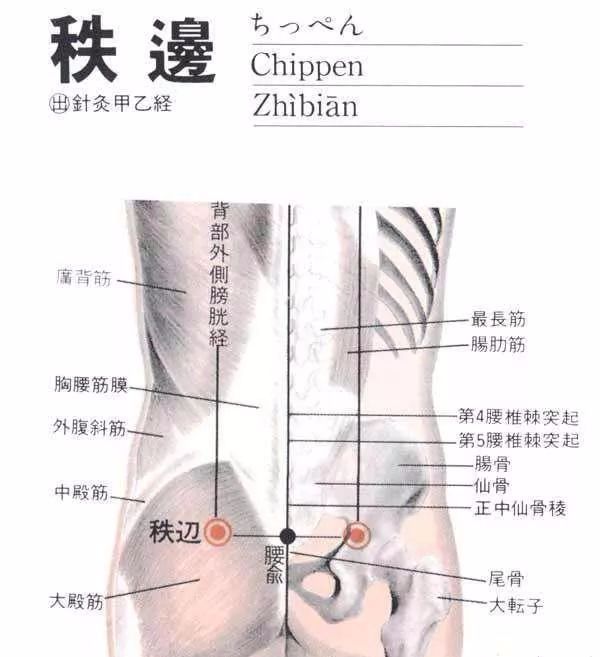
25. Zhibian (BL54)
Location: 3 cun lateral to the spinous process of the fourth sacral vertebra.
Function: Difficulty in urination and defecation, pain in the lower back.
Technique: Press, point, push.
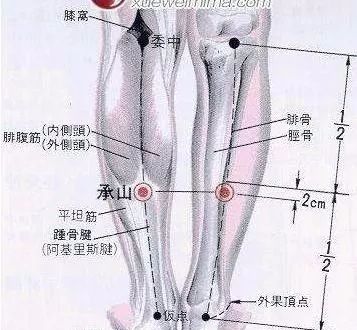
26. Chengshan (BL57)
Location: In the center of the calf.
Function: Constipation, pain in the lower back, hernia, hemorrhoids.
Technique: Point, press, rub, tap.
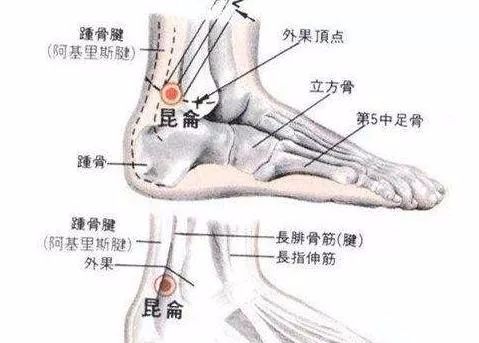
27. Kunlun (BL60)
Location: Behind the external malleolus.
Function: Heel pain, lower back pain.
Technique: Knead, point, press, flick.
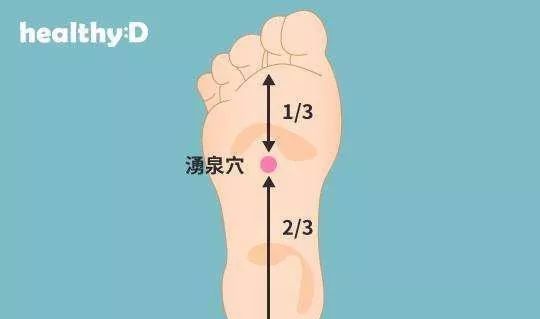
28. Yongquan (KD1)
Location: In the depression at the front of the foot when the toes are curled.
Function: Dizziness, sore throat, cramps, heat in the soles of the feet.
Technique: Push, press, knead, rub.
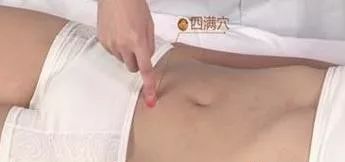
29. Siman (ST25)
Location: 2 cun below the navel, about 0.5 cun lateral to the midline of the abdomen.
Function: Irregular menstruation, impotence, pain in the lower back.
Technique: Point, grasp.

30. Daling (PC8)
Location: At the midpoint of the wrist crease.
Function: Wrist joint pain, stomach pain.
Technique: Press, knead, flick.
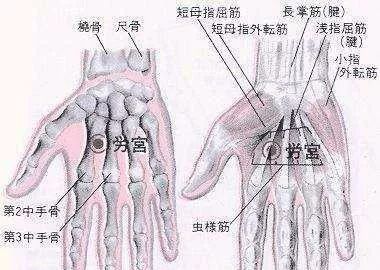
31. Laogong (PC8)
Location: Between the second and third metacarpal bones, closer to the third metacarpal, at the center of the palm.
Function: Stroke, coma, bad breath, heart pain.
Technique: Press, knead, grasp.
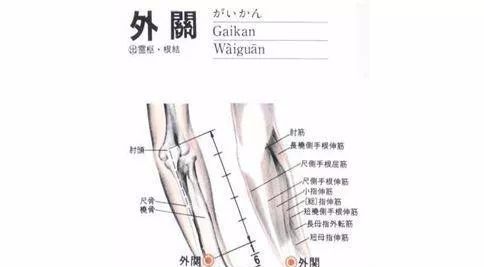
32. Waiguan (SJ5)
Location: Between the ulna and radius, 2 cun above the wrist crease.
Function: Diseases of the five senses, difficulty in flexing and extending the arm, hand tremors.
Technique: Press, knead.
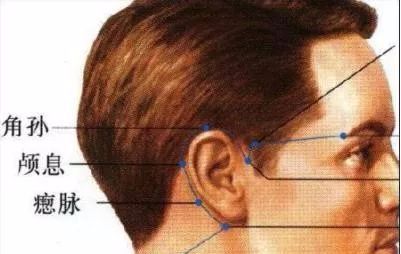
33. Luxi (GB2)
Location: At the intersection of the line connecting the ear and the midpoint of the ear.
Function: Headache, ear diseases.
Technique: Point, knead.
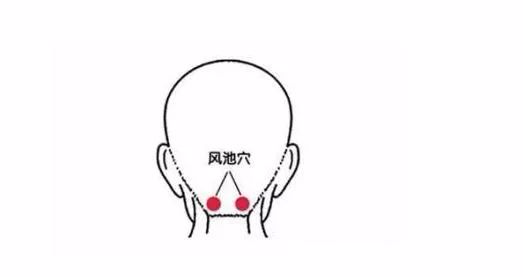
34. Fengchi (GB20)
Location: Below the occipital bone, in the depression between the upper trapezius and sternocleidomastoid muscles.
Function: Headache, dizziness, neck stiffness, cold and wind.
Technique: Grasp, press, knead.
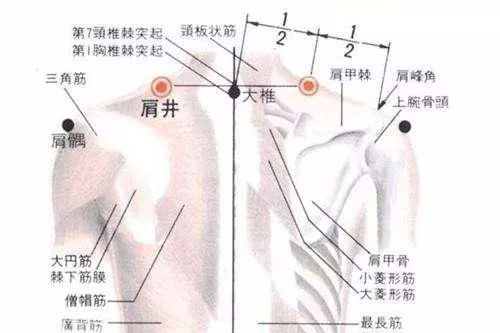
35. Jianjing (GB21)
Location: At the midpoint of the line connecting Dazhui and the acromion.
Function: Shoulder and back pain, inability to lift the arm, various deficiencies.
Technique: Grasp, press, knead, roll.
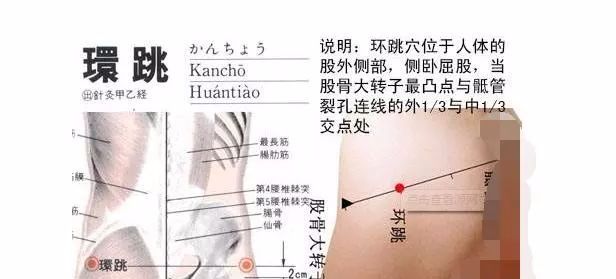
36. Huantiao (GB30)
Location: When lying on the side with the hip flexed, at the intersection of the outer third and inner two-thirds of the line connecting the greater trochanter and the sacral hiatus.
Function: Pain in the lower back and legs, paralysis, hemiplegia, lumbar strain.
Technique: Point, press.
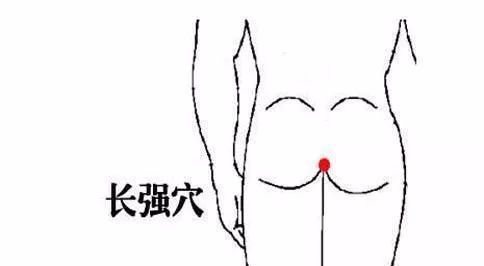
37. Changqiang (GV1)
Location: At the midpoint of the line connecting the coccyx and the anus.
Function: Constipation, pain in the lower back, blood in stool, mania.
Technique: Point, knead.
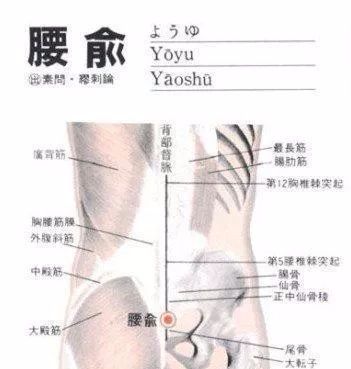
38. Yaoyangguan (GV3)
Location: On the midline of the sacral region, at the sacral hiatus.
Function: Lower limb weakness, irregular menstruation, diarrhea.
Technique: Point, knead, rub.
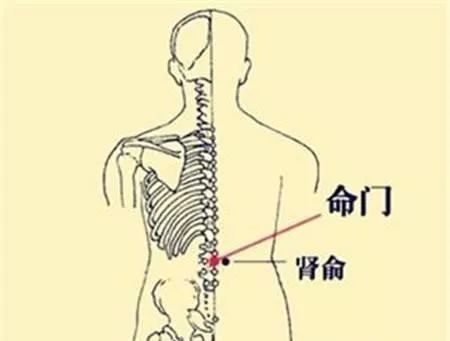
39. Mingmen (GV4)
Location: In the depression below the spinous process of the second lumbar vertebra.
Function: Lower back pain, deficiency, fatigue, dizziness, tinnitus.
Technique: Point, knead, rub.
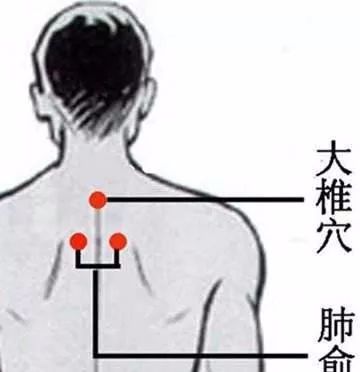
40. Dazhui (GV14)
Location: In the depression below the spinous process of the seventh cervical vertebra.
Function: Shoulder and back pain, arching of the back, vomiting, heat stroke.
Technique: Point, knead, rub, roll.
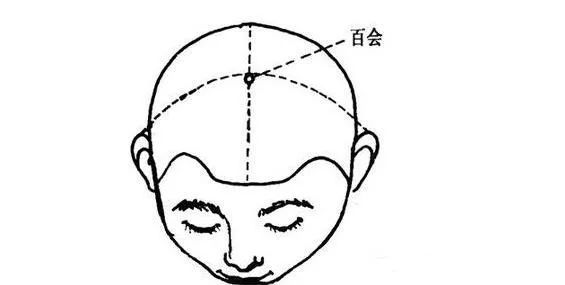
41. Baihui (GV20)
Location: 5 cun above the midpoint of the forehead, at the intersection of the line connecting the tips of the ears and the midline of the head.
Function: Headache, dizziness, forgetfulness, tinnitus, nasal congestion.
Technique: Point, knead, cut.
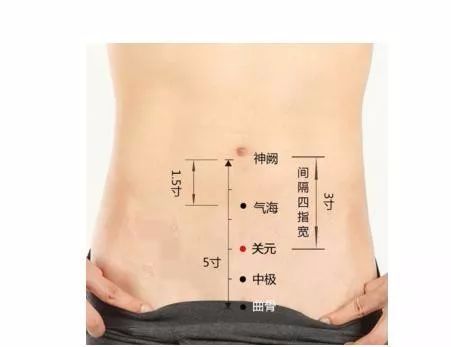
42. Zhongji (CV3)
Location: 4 cun below the navel, on the midline of the abdomen.
Function: Irregular menstruation, impotence, edema.
Technique: Point, knead, vibrate.
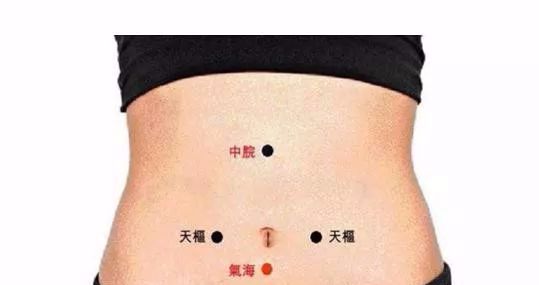
43. Guanyuan (CV4)
Location: 3 cun below the navel.
Function: Deficiency, cold fatigue, pain in the lower abdomen, thirst, impotence.
Technique: Point, knead, vibrate.
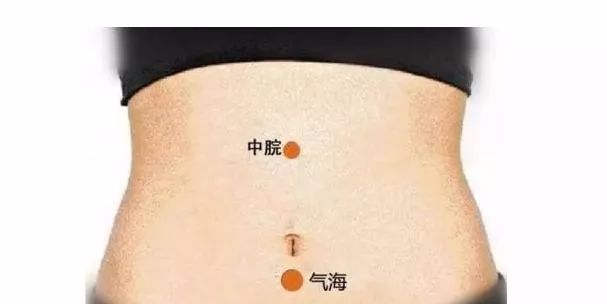
44. Qihai (CV6)
Location: 1.5 cun below the navel.
Function: Abdominal pain around the navel, poor digestion, constipation.
Technique: Point, knead, vibrate.
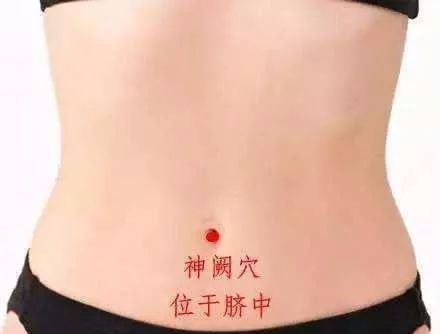
45. Shenque (CV8)
Location: At the center of the navel.
Function: Stroke, collapse, cold limbs, urinary incontinence.
Technique: Knead, rub, press.
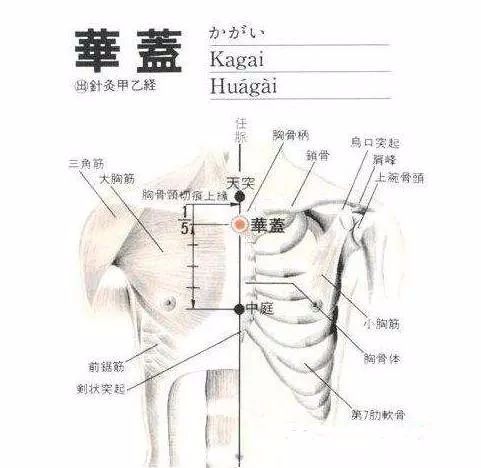
46. Huagai (CV17)
Location: At the center of the chest, at the level of the first intercostal space.
Function: Cough, asthma, chest and side pain, throat swelling.
Technique: Point, knead, push.
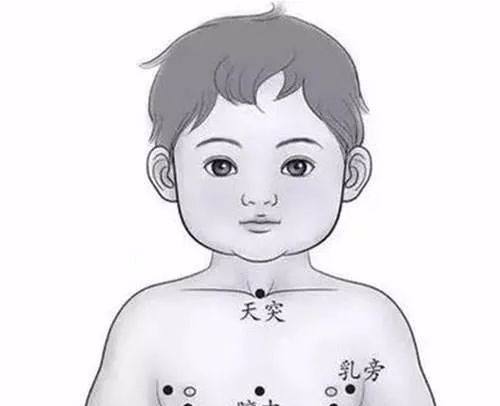
47. Tiantu (CV22)
Location: At the center of the suprasternal notch.
Function: Cough, asthma, plum pit qi, throat swelling.
Technique: Point, knead, push.
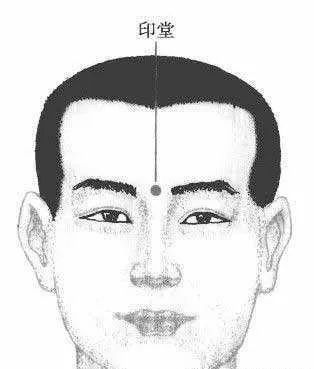
48. Yintang (GV29)
Location: At the midpoint of the line connecting the two eyebrows.
Function: Dizziness, headache, trigeminal neuralgia.
Technique: Point, knead, push.
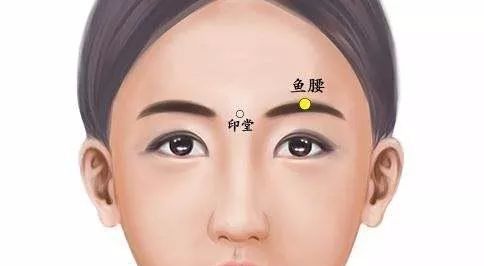
49. Yuyao (BL3)
Location: At the midpoint of the eyebrow, directly opposite the pupil.
Function: Red and swollen eyes, drooping eyelids, facial asymmetry.
Technique: Point, knead.
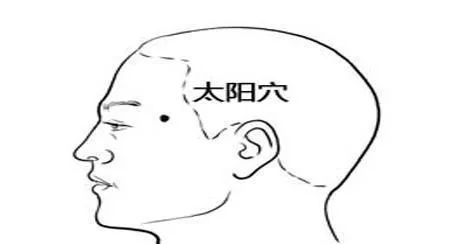
50. Taiyang (EX-HN5)
Location: In the temporal region, at the midpoint between the eyebrow and the outer canthus, 1 cun lateral.
Function: Migraine, red eyes, toothache.
Technique: Point, press, knead.
For neck, shoulder, waist, and leg pain, apply Heibaitong.

